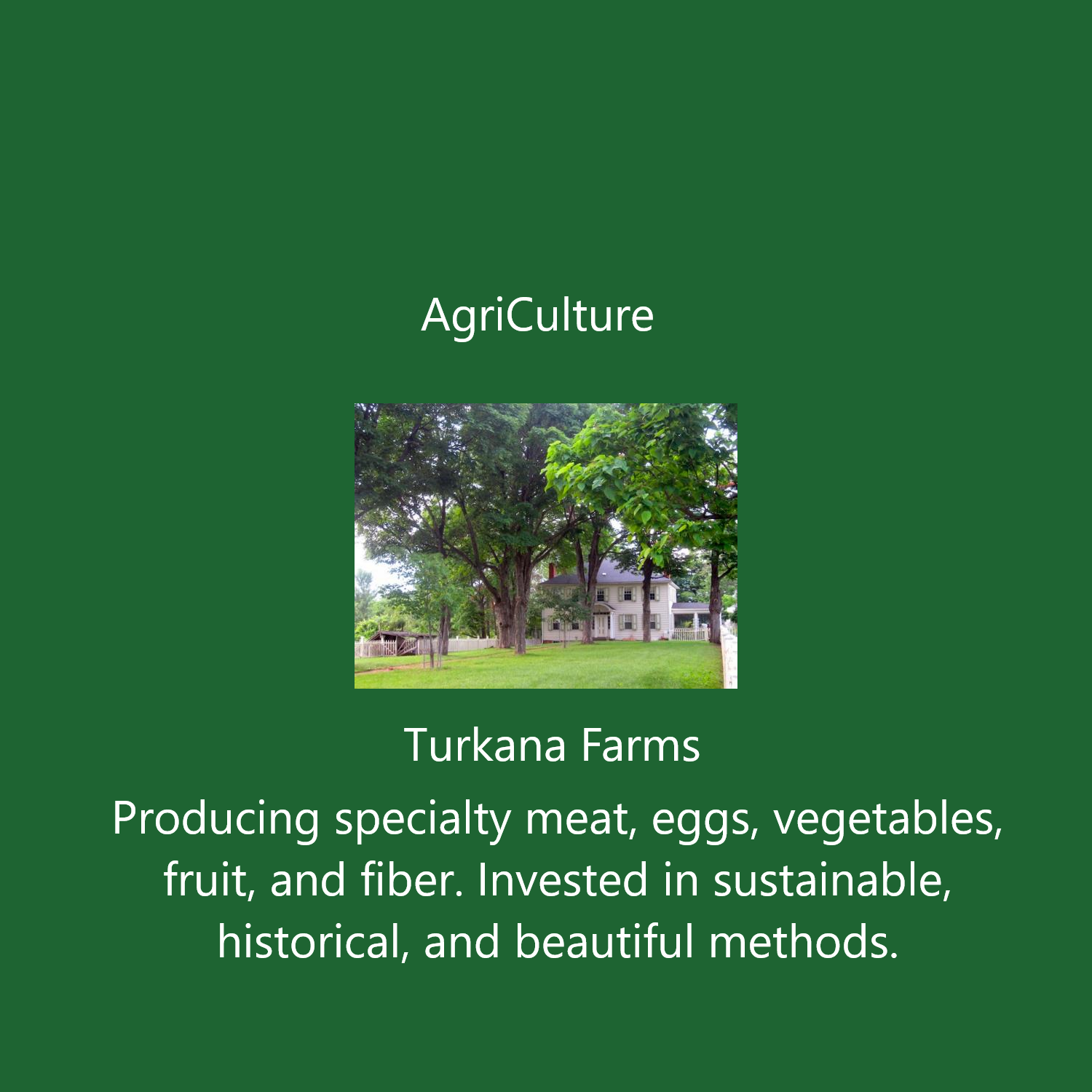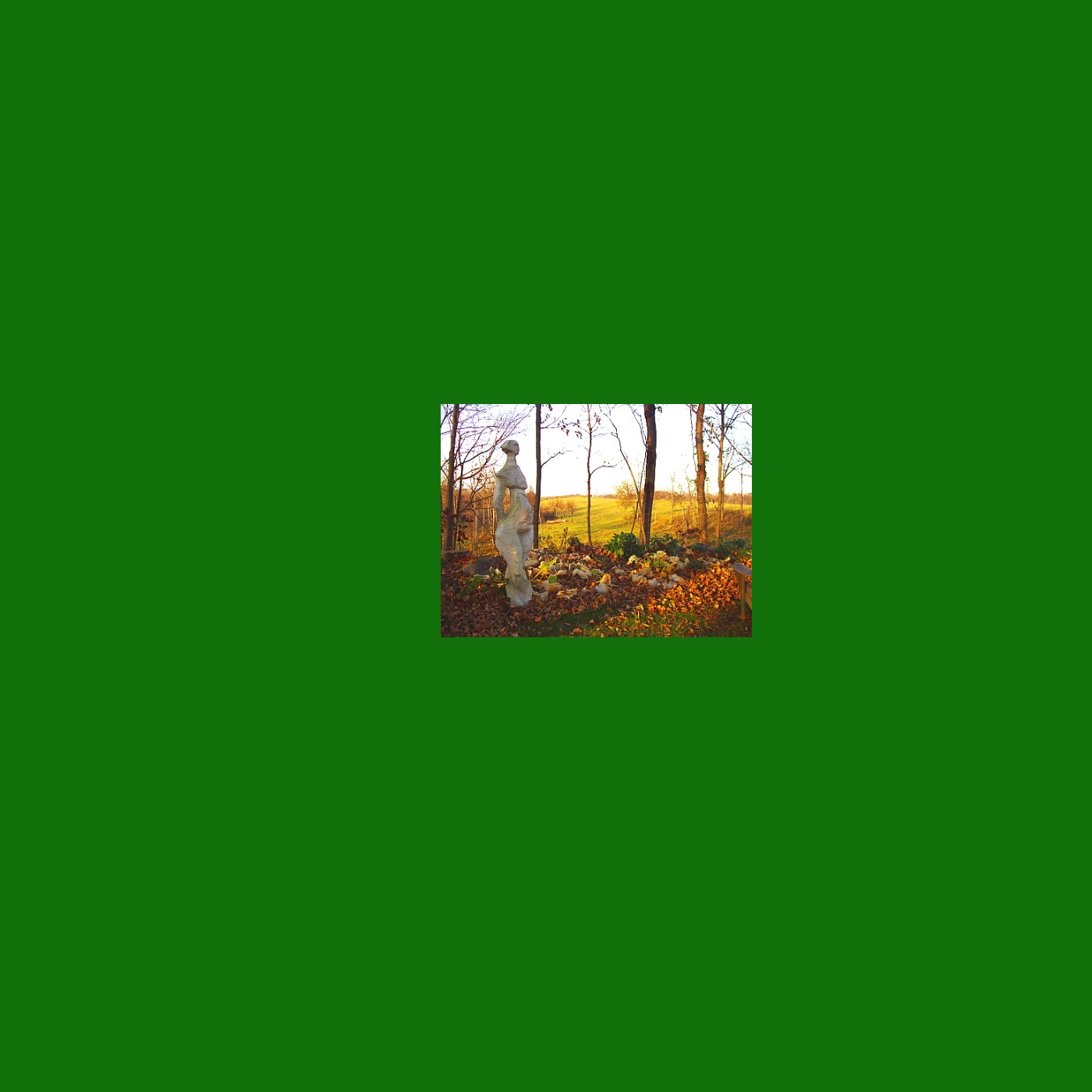
There are six adorable greenish yellow puffballs paddling out on and marching around our pond. Since they hatched Wednesday, these goslings have been carefully shepherded at all times by their extremely protective parents, a couple of Canadian geese.

It seems remarkable to me that these goslings can swim so soon after hatching, given their lack of mature feathers and the extreme cold of the water. When we used to raise domesticated Toulouse geese, it seemed water was the enemy of the day-old hatchlings we got in the mail. If they got too wet, and did not dry quickly under the heat lamps, they often didn’t make it. But then, they didn’t have an extremely large and protective feathered mother to get under.
Our pond’s role as a hatching ward for Canadian geese started nineteen years ago, the very first year after it was dug and filled up with water. It seems the tiny island in the middle of the pond is an ideal spot for brooding, as it is not readily accessible to large land based predators, and is an easy location to monitor. When the eggs are first laid the geese can go to the nearby pasture to graze without losing sight of the island. Once the eggs need incubating, one of the pair can sit on them while the other patrols the perimeter, the pond’s shoreline. When potential threats, like humans, come near, the safety patrol can see us coming and try to deter our approach.
I’m pretty sure it’s the same pair of geese who come each year. When they first started this annual ritual, we thought we needed to do something to discourage it, as we had images of the pasture and nearby lawns slick with goose poop, as happens in suburban parks where large flocks of geese perpetually congregate. The way they tried to attack us, when we were simply going down to slop the pigs housed nearby, was bothersome. But it did not take long for us to realize that their sojourn was temporary. Once the goslings could fly, the whole goose family moved on.
As we viewed the geese as less of a threat, so, I believe, did they view us. In the last few years, after a few introductory hisses each spring to remind us to keep our distance, they haven’t much chased us. They know where we’re going when we come down with the slop bucket and they are confident we’re not coming to get their eggs. The suspension of mutual hostility in favor of an unstated social distancing pact is partly what convinces me it’s the same pair of geese visiting us year after year. They will leave, they will return.
There was a time when I could say the same about myself. Regular as clockwork, every Monday I would leave. Regular as clockwork, on Friday I’d be back. Now, however, I’ve been here for an unprecedented, nearly unbroken stretch of nearly six straight weeks. I’ve been living comfortably without the City I thought I could never live without. I’ve discovered that it’s possible to work effectively, remotely.
I’ve realized how much I’ve missed here in past years while away mid-week. There are a surprising number of trees and flowers whose peak bloom lasts only a few days. The ornamental apple along our driveway, the nectarine out back, some of the blue and yellow patches of bloom in the rock garden Peter planted whose names I don’t even know. Sometimes these periods of peak bloom in past years coincided with my weekend presence, but often I only saw the remnant of them or heard about them from Peter. This year I’m getting to see the whole magnificent progression.
I’ve also realized how much I miss about my life in the City. Walking lively streets. Eating the world’s cuisines in lively restaurants with friends. Theatre. Jostling for produce at Union Square. How easy it was to meet someone at the drop of a text and a hop on the subway. But on the whole I’ve been content here; the craving for those activities has not yet gotten intense. And I’ve considered whether I ought to just stay here full time a good bit longer.
The considerations that lead public health officials to decisions to “open back up” are not necessarily the same considerations that may lead individuals to return to the same activities we did before. If as a society we’ve succeeded at “flattening the curve” so that there are enough hospital beds and ventilators to handle a continued low level flow of patients, that may justify an easing of mandatory restrictions. But does it also mean that I want to fully resume the activities I love precisely because they are dense with intimate contact with other people? Just for the privilege of occupying one of those freed up beds intubated with one of those once again available ventilators?
The one friend who has been through an ugly weeks-long bout of Covid has repeatedly told me to stay the hell out of the City, and I’ve been thinking a lot about his advice. I’ve always been a risk taker, but I’d like to think a judicious one. Until there’s effective treatment or a vaccine, why would I want to expose myself to a disease that is particularly threatening to a person my age, is casually transmissible, and is most likely to be transmitted doing the things I’d like to be doing in the City? And is it worth being in the City if I’m not engaging in those activities, while I can fully enjoy the delights of the country?
At a time when we are all wondering when things will return to normal and what normal will be, it’s nice to have our annual gosling hatch. Something that left came back, and it’s just the same as it was last year. But this year the annual cycle is also serving as a contrast, highlighting the sad truth that some things may not simply return to the way they were for some time. I am sure I cannot forever resist the joys of living in the City, and my calculus may change with circumstances, but it is possible that for me, like for the geese, coming back again won’t happen until next year.

WHAT’S NEW THIS WEEK:
Mint, $1/ bunch
Garlic chives (the flat kind), $1/bunch
WHAT’S AVAILABLE THIS WEEK
Tiny hot matchbox peppers, $5.00 a string, dried and quite decorative.
Fresh dug horseradish root, $3/lb.
Sorrel, small leaves, small bunches, $1/bunch
Mint, $1/ bunch
Garlic chives (the flat kind), $1/bunch
Rhubarb $5/lb
EGGS: $5/doz, $3/doz (fun size)
MEATS: We keep some on hand, but it helps to order ahead in case we need to retrieve from our stash in the big commercial freezer. See below.
ROASTING CHICKENS – Nice fat Freedom Rangers, frozen, largish (6 to 7 lbs,), $6/lb, just a few left.
LAMB: small loin chops, $14/lb., leg of lamb $14/lb, lamb shoulder roast $7/lb.
PORK: Loin pork chops, $12/lb (2 to a pack, btwn 1 and 1.5 lbs),
fresh ham roasts (2 to 3 lbs), $12/lb
smoked bacon, $12/lb
FARM PICKUPS:
Email us your order at [email protected], and let us know when you’d like to pick up your order. It will be put out for you on the side screened porch of the farmhouse (110 Lasher Ave., Germantown) in a bag. You can leave cash or a check in the now famous pineapple on the porch table. Regular pickup times are Saturday and Sunday from 11 a.m. to 1 p.m. and 4 p.m. to 5 p.m., other days by arrangement. If you have questions, don’t hesitate to call at 518-537-3815 or email.

Today's Darkness by Mark Scherzer September 11, 2020, dawned refreshingly cool on the farm, but with a dark and foreboding sky. Very different from...

Perry, the son of my late partner Peter, arrived to our delight Thanksgiving morning. We hadn't much warning that he'd be in New York;...

TURKANA FARMS, LLCGreen E-Market Bulletin June 5, 2025The first turkey to get up high, at one week old – photo by Mark ScherzerBack to...